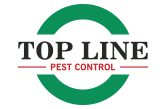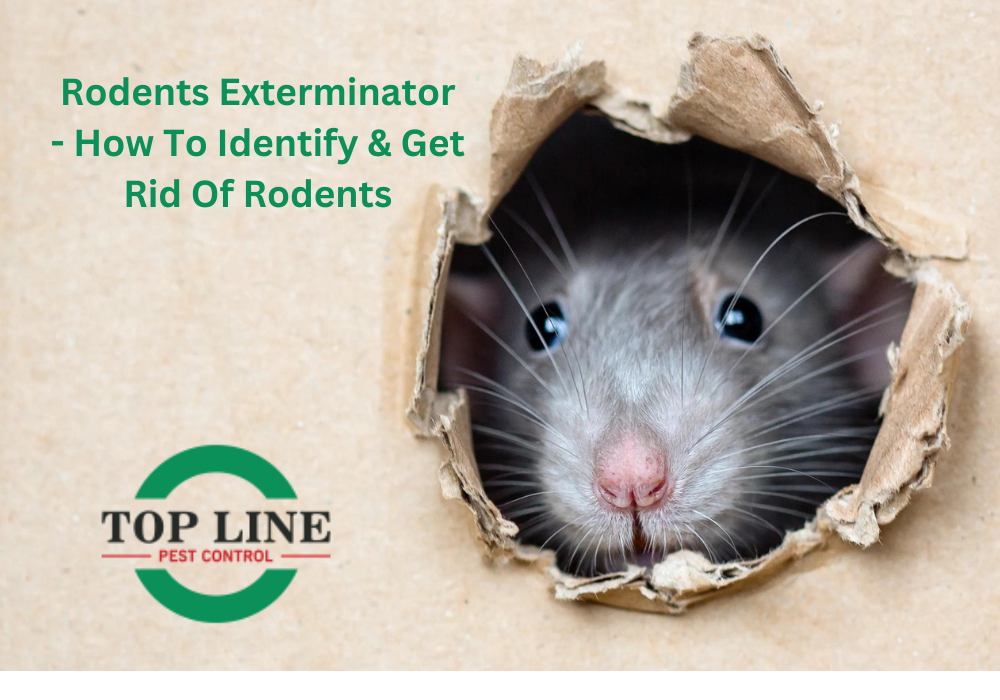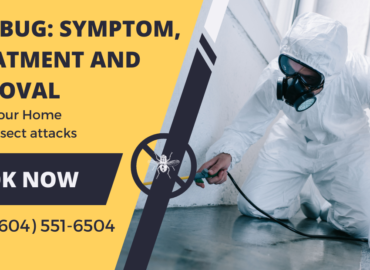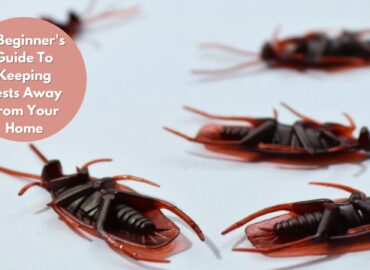Identifying and getting rid of rodents requires a combination of preventive measures, identification, and effective control methods. Here’s a guide on how to handle rodents:
Identification:
- Common Rodents:
- Mice: Smaller, with large ears and a long, thin tail.
- Rats: Larger, with a more robust body and a shorter tail compared to mice.
- Signs of Infestation:
- Droppings: Small, dark pellets are a clear sign of rodent presence.
- Gnaw marks: Look for chewed wires, food packaging, or other materials.
- Nesting materials: Rodents use materials like shredded paper, fabric, or plant matter for nests.
- Tracks: Footprints or tail marks in dusty or less frequented areas.
Prevention:
- Seal Entry Points:
- Identify and seal any cracks or holes in walls, floors, and foundations.
- Use steel wool or caulk to block entry points.
- Check for gaps around doors and windows.
- Proper Food Storage:
- Store food in airtight containers.
- Keep pet food in sealed containers.
- Clean up spills promptly.
- Remove Clutter:
- Reduce hiding spots by decluttering.
- Store items off the floor.
- Regularly clean attics, basements, and crawl spaces.
- Landscaping:
- Trim vegetation away from the house.
- Keep a tidy yard to eliminate hiding places.
Rodent Control:
- Traps:
- Snap Traps: Effective for mice and rats, placed along walls and in areas with signs of activity.
- Glue Traps: Capture rodents alive but may not be humane.
- Electronic Traps: Deliver a quick electric shock to kill rodents.
- Rodenticides:
- Use baits with caution, as they pose risks to children and pets.
- Follow product instructions carefully.
- Consider placing baits in secured bait stations.
- Professional Exterminators:
- If the infestation is severe, consult with a professional exterminator.
- Professionals can identify entry points and develop a comprehensive eradication plan.
Clean-Up and Sanitation:
- Dispose of Dead Rodents:
- Wear gloves and use a plastic bag to dispose of dead rodents.
- Double-bag the carcass before putting it in the trash.
- Sanitize Infested Areas:
- Clean and disinfect areas where rodents have been active.
- Remove rodent droppings using gloves and disinfect affected surfaces.
- Monitor and Maintain:
- Regularly inspect for signs of rodents.
- Maintain a proactive approach to prevent future infestations.
Remember, effective rodent control requires a combination of methods. It’s crucial to address both the current infestation and implement preventive measures to avoid future problems. If you’re unsure about the best approach, consult with a professional pest control service.



